A tiny sensor with an exceptional “sense of smell” is aiming to help the transportation sector adopt clean energy by identifying contaminants in hydrogen gas used for long-haul transportation.
A solution like this is key as the world continues to transition to clean energy, requiring a faster supply of high-quality hydrogen.
Hydrogen is a clean alternative to petrol because it is an energy-dense fuel whose only byproducts are water and heat when powering a car. It has an advantage over electric vehicles as it can provide long-lasting clean energy for long-haul vehicles.
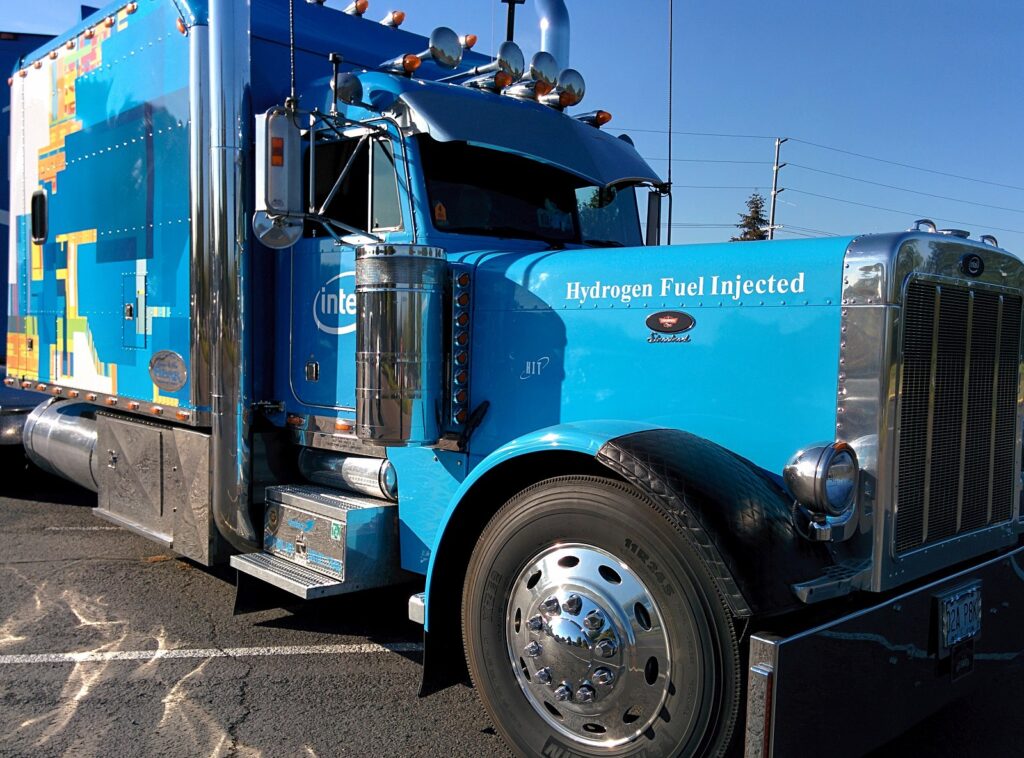
It must, however, be at a purity of 99.9999 percent before it is used in fuel cells, the batteries that convert the hydrogen into electricity. If it isn’t, the battery will not be as efficient… or worse.
“If there’s not a good quality of hydrogen, it can ruin the fuel cell and the engine, depending on what the contaminants are,” Oren Gavriely, CEO and co-founder of Israeli startup NanoScent, which developed the sensors, tells NoCamels.
He explains that hydrogen canisters are mass produced in several ways. The two most common methods are using heat and chemical reactions to release the gas from fossil fuels, and using an electric current to separate water into hydrogen and oxygen.
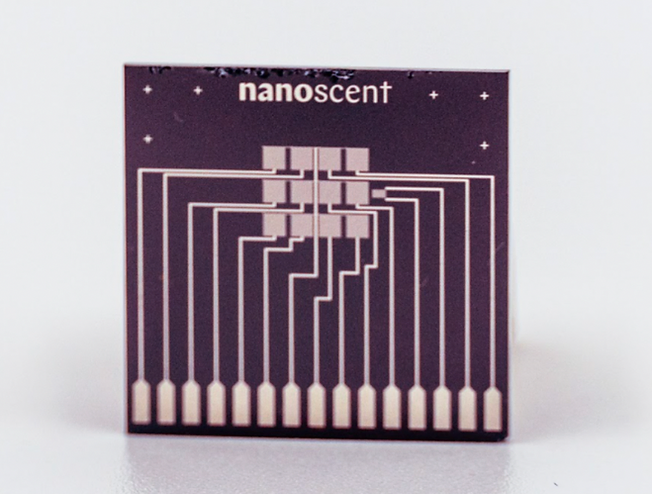
How it works
NanoScent prints tiny sponges – known as nanoparticles – onto chips the size of a centimeter, which determine the purity of newly produced hydrogen gas, before it powers trains, ships and trucks.
The nanoparticles expand when they come into contact with organic compounds, and do so differently depending on molecules present in the gas. This allows a company to detect impurities in hydrogen fuel in just three minutes, as compared with the industry standard of two days.
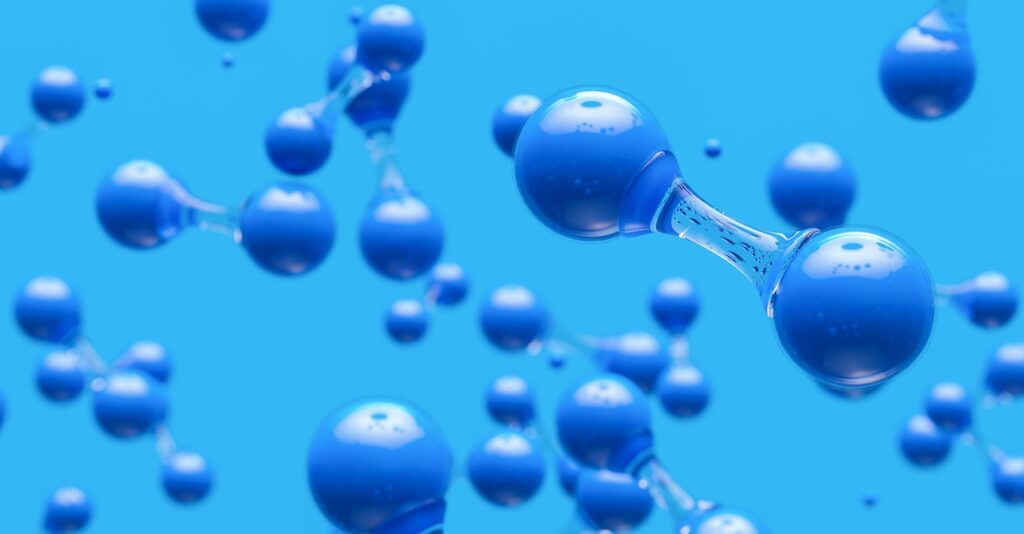
But in all methods, Gavriely explains, the hydrogen contains contaminants like oxygen, humidity, and nitrogen, even after it undergoes standard purification processes.
NanoScent’s solution comes in after the point of purification. A sample of hydrogen is funneled from the canister into a blast-proof box that contains the NanoScent sensors.
These sensors are all equipped with smart algorithms that can analyze the compounds present in the gas, measure the percentage of contaminants, and generate results in just three minutes.
Sign up for our free weekly newsletter
Subscribe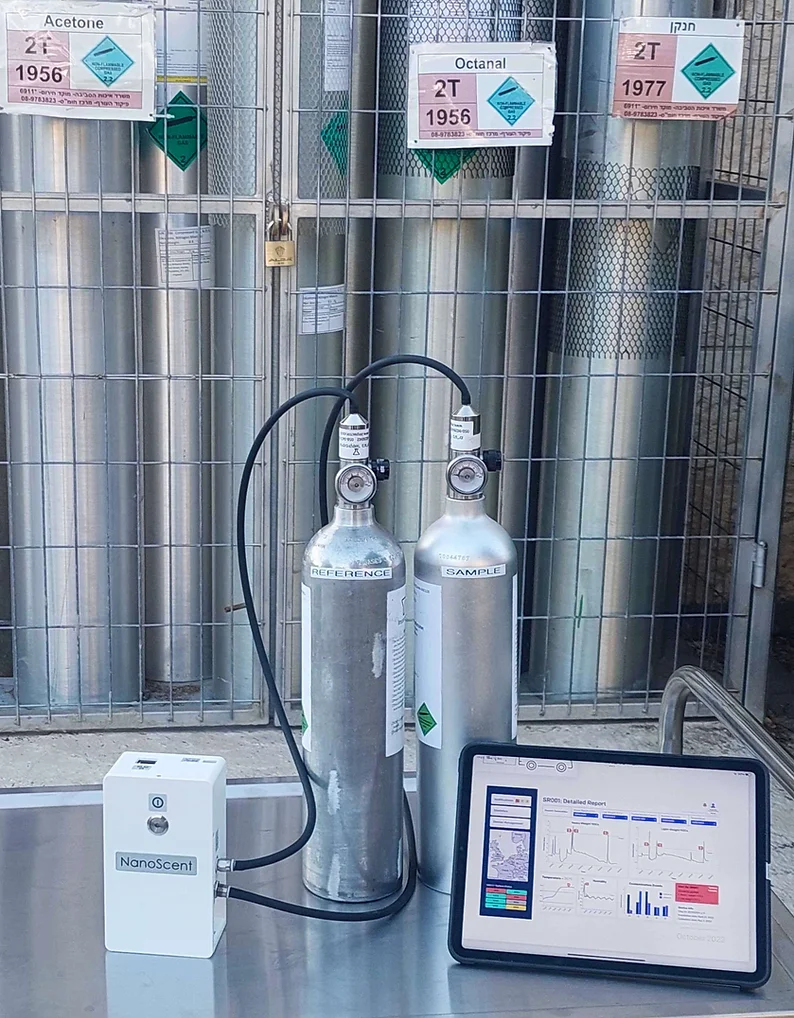
After the sensors determine the quality of the hydrogen, the fuel can either be sent for re-purification or sold to a supplier who is looking for a lower-grade product.
It’s much more efficient than the days-long industry standard test of gas chromatography, which requires a sample to be shipped to a lab, where scientists then use machines to separate and detect its components before sending the sample back.
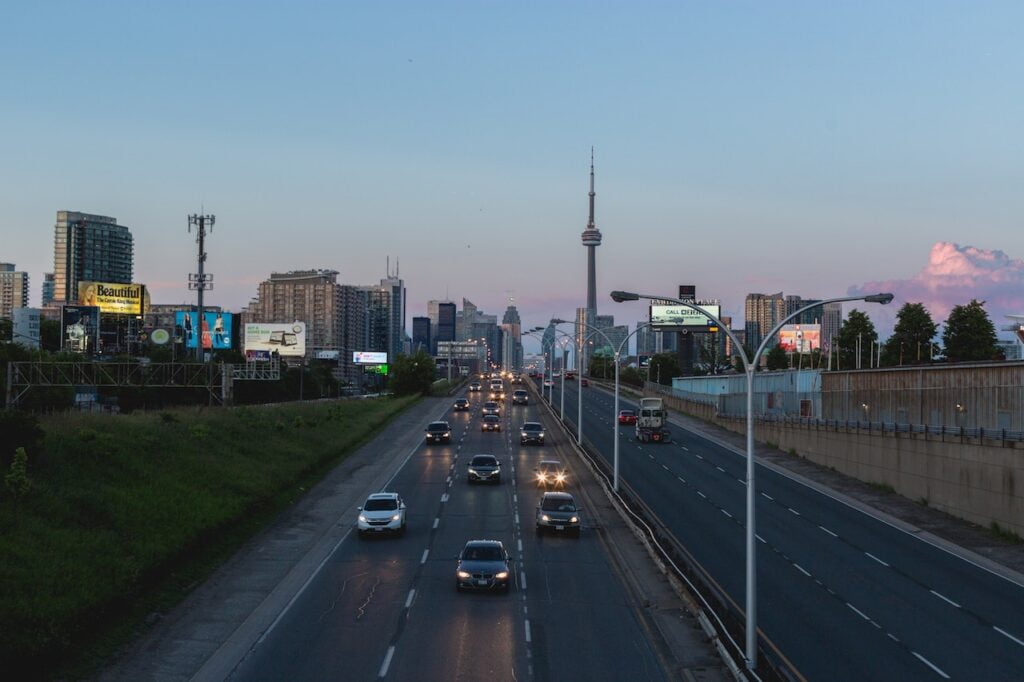
The hydrogen market is worth an estimated $160 billion and growing. Just last month, Israel opened its first hydrogen refilling station in the north of the country, with plans to launch more in the center and south in the next couple of years.
Both Europe and the United States are promoting hydrogen as a cleaner fuel source.
The Europe Union, the world’s largest trading bloc, recently passed a new regulation demanding that by 2030, there is one hydrogen refueling station every 200 km in every major city with ports, airports, and rail terminals (known as an “urban node”).
And in the US, the 2022 Inflation Reduction Act is reducing the cost of the fuel by giving clean hydrogen plants a tax credit of $3 per kg of hydrogen for the first 10 years of operation.
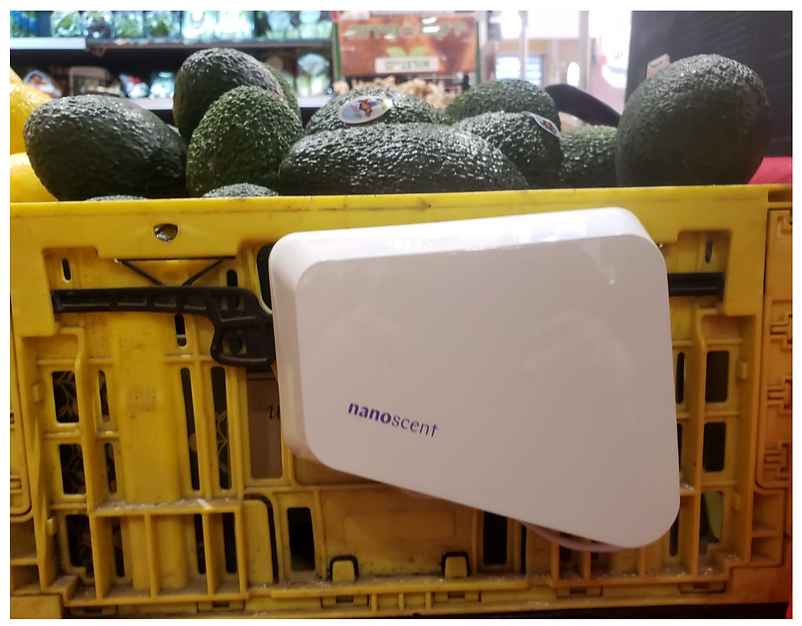
NanoScent, which is headquartered in Misgav in northern Israel, is currently piloting its technology with several European hydrogen manufacturers, and plans to expand to the United States in the near future.
But its sensing technology can do much more than detect the purity of hydrogen. In 2021, the company announced that it had developed a machine that was capable of detecting whether someone had been infected with COVID-19.
The technology can also be used to monitor the ripening and rotting process for fresh produce in real time. The sensors measure the temperature, humidity, and volatile gas levels as indicators as fruit and vegetables ripen, helping distributors prevent advanced ripening.
“There are many more things that this technology can detect, but we’re focused on this market right now,” says Gavriely.
Related posts

Editors’ & Readers’ Choice: 10 Favorite NoCamels Articles

Forward Facing: What Does The Future Hold For Israeli High-Tech?

Impact Innovation: Israeli Startups That Could Shape Our Future




Facebook comments